
“贏得未來的第一步是鼓勵美國創新。” — 美國總統奧巴馬, 一月 25, 2011
歡迎來到創新時代. 當今世界將獎勵最具創新精神的年輕人. 世界各國領導人, 企業高管, 教育家, and policy makers have joined in the global debate on how we create the next generation of innovators. Even parents are asking themselves the question: “Is my child an Innovator?”
How do you train an innovator? Which schools are doing it better than others? Are teachers equipped with the new skills required to educate students in this decade? Are curricula incorporating the essential content that will help young people become more innovative? Are parents playing their part so as to ensure their children can face tomorrow’s challenges and ultimately lead richer, fuller lives?
In his must read new book, 創建創新: 年輕人製作誰將改變世界 (Scribner, 四月 17, 2012), 博士. 托尼·瓦格納, Innovation Education Fellow at the Technology and Entrepreneurship Center, 哈佛大學, addresses these issues. I had the pleasure of chatting with him about the most talked about subject in education today.
There seems to be a wide range of what constitutes innovation, and innovation can also be a matter of degree. How do you define an innovator?
There are different kinds of innovation — incremental and disruptive — and so there are different degrees of the capacity to innovate. Not everyone can create brilliant “disruptive” products — products that transform a market as Steve Jobs and Apple have done. But many young people, given the right encouragement, can bring something extra to whatever they do — that spark of imagination and curiosity, which can lead to the creation of better products, services, 和想法. At its simplest, an innovator is someone who is a creative problem solver.
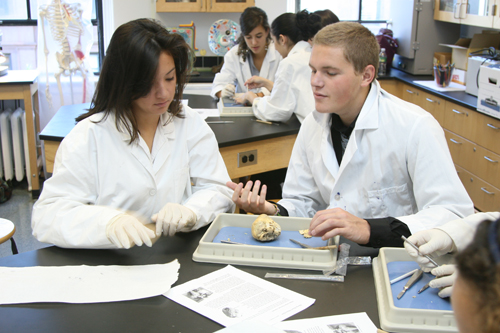
How do you train an Innovator?
We are born curious. We are born with imagination. The first challenge is to ensure that these very human qualities are not schooled out of us, as Sir Ken Robinson says. 除此之外,, in my research, I identified five essential education and parenting practices that develop young people’s capacities to innovate:
1. Learning to work collaboratively (innovation is a team sport!).
2. Learning to understand problems from a multi-disciplinary perspective.
3. Learning to take risks and learn from mistakes.
4. Focusing on creating versus consuming.
5. Reinforcing the intrinsic motivations of play, 熱情, and purpose versus the extrinsic carrots and sticks.
Information may be free but knowledge also includes understanding, 問題解決, 溝通, 和協作, none of which is free. 許多學校 “教” these aspects of human endeavor to some degree. How much of this is relevant to your model for creating innovators?
Knowledge has become a commodity and is free, like air or water. Knowledge is also changing and growing exponentially. Based on the old premise of knowledge scarcity, the assumption is that it is the job of the teacher to transmit knowledge to students. When only a few people had the knowledge, that model made some sense, but because knowledge has become a commodity, the world no longer cares what you know. 那是, there is no competitive advantage today to knowing more than the person sitting next to you. The competitive advantage for someone going out into the world is what they can 的 with what they know. And this kind of learning needs to take place at all levels. Right now it is more common in some elementary schools where students do projects. The problem arises as students move up through school. While there is a lot of professed interest in teaching the so-called 21st century skills you mentioned, which I wrote about extensively in 全球成績差距, in fact most teachers feel compelled to teach to the tests for accountability purposes–and increasingly so as their jobs may depend on students getting good test scores.
Some examples you’ve seen in better schools to nurture this kind of learning?
在 創建創新, I profile schools and colleges that are doing an outstanding job of educating young people to become innovators. In the better schools I visited (both high schools and colleges), in every single course, students have to produce real products for a real audience as a significant part of their academic experience. In one high school I visited, every student is required to do a team-based service learning project: to go out into the community, research a problem and then figure out a way to solve it. One student I interviewed was a part of a team that discovered there was a local food pantry that had a problem storing all of the food donated to it. And so the team went back to school and used a computer assisted design program to design a new storage system for the pantry. Then they returned and actually built it. What students need is practice in applying their learning to new situations, not just in the classroom, but in the community. Another example at the college level is the Olin College of Engineering, which requires students to spend an entire year working in teams to solve a problem in a corporate setting. It is what they call their Senior Capstone Project in Engineering. These approaches demand a radically different approach to teaching. Teaching students to apply what they have learned requires relinquishing a degree of teacher control, relying far less on textbooks, and encouraging students to take initiative and be responsible for their own learning. Teachers are no longer the experts; they must become coaches. Many teachers find these transitions very hard to make.
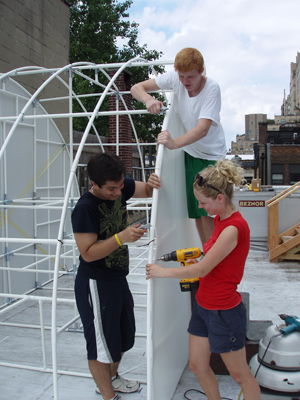
Teachers follow the accepted process required to get kids into good colleges — the colleges their parents and the kids think they should go to. 思考?
Things are changing more quickly than most people realize. Three points:
1. The Advanced Placement curriculum is already radically transforming all AP tests, beginning with AP Biology this year and then AP US History next year. They are moving towards students having to demonstrate that they can apply knowledge learned and not merely regurgitate it. So AP tests, which are themselves considered a gold standard, are redefining what is “嚴格” and students will need a different kind of teaching to do well on these new tests.
2. There are now 750 colleges and universities that do not require any kind of test scores for admission. 去年, Tufts University became the first in the country to encourage students to submit YouTube videos with their applications, and they were stunned at the quality of work that was produced and how much more they learned about their applicants.
3. If you look at the CEO’s of most major companies, the majority did not go to an Ivy League school for undergraduate. What matters much more are what graduate school you go to and having had work-based internships where you have had to apply what you have learned. Being preoccupied with getting kids into top colleges, 我認為, is misplaced. Admission into “name brand” schools is more and more a matter of luck and no longer offers the competitive advantages it did 20 幾年前. The push to get all A’s distorts the purpose of school and distracts from acquiring the skills that will give kids a 現實 competitive edge.
For my new book I interviewed Joel Podolny, Vice President of Human Resources at Apple, who has taught at Harvard, Stanford, and Yale, and he told me that to get into these kinds of schools you learn to play a game. A game of getting perfect scores, building a resume, 等. The problem is, if you have not learned how to collaborate, to take risks and learn from your mistakes, to create as opposed to consume — all the qualities that matter in the world of innovation — then companies like Apple will have no use for you.

To what extent is innovation capability a function of family and external influences?
這些天, young people become innovators in spite of their schooling, rather than because of it. 在我的研究中, I found both parenting and teaching practices that strengthen the capacity to innovate — emphasizing discovery-based play, limiting screen time, encouraging young people to find and pursue their passion, take risks and learn from mistakes, and instilling a sense of the importance of “giving back” — these were all things that parents and teachers of young innovators encouraged.
What overall rating do you give the US Public School system for training innovators
A grade of F. But it is not the teacher’s fault. They are not encouraged to innovate, and there is no funding for educational R&d. We must prepare teachers differently and develop lab schools for 21st century learning and teaching. Mostly importantly, we need to begin using much better assessments, like the College and Work Readiness Assessment and the Collegiate Learning Assessment. Assessment drives instruction, and having the wrong metric is worse than having none at all. Multiple choice, computer-scored test results tell us nothing about the quality of teaching or students’ college, 事業, and citizenship readiness. Every student should have a digital portfolio as a cumulative record of the development of his or her innovation skills. 最後, instead of preaching that all students should be “college-ready,” we should instead establish the goal of all students being “innovation-ready.” Young people don’t necessarily have to go to college to learn to innovate. Nearly half of Finland’s high school students choose a career and technical education track, rather than an academic track, and Finland has a higher innovation standing than the US.
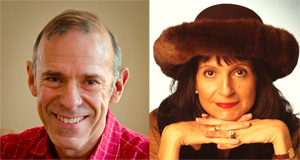
Photos courtesy of The Dwight School and Dr. 托尼·瓦格納.
在全球搜索教育, 和我一樣,全球知名的思想領袖,包括邁克爾·巴伯爵士 (英國), 博士. 邁克爾座 (美國), 博士. 萊昂特司特因 (美國), 博士. 琳達·達林 - 哈蒙德 (美國), 博士. 馬達夫恰範 (印度), 邁克爾·富蘭教授 (加拿大), 霍華德·加德納教授 (美國), 伊馮娜赫爾曼教授 (荷蘭), 克里斯汀Helstad教授 (挪威), 讓·亨德里克森 (美國), 玫瑰Hipkins教授 (新西蘭), 科妮莉亞Hoogland教授 (加拿大), 太太. 尚塔爾考夫曼 (比利時), 博士. Eija Kauppinen (芬蘭), 多米尼克·拉方丹教授 (比利時), 休·勞德教授 (英國), 本·萊文教授 (加拿大), 巴里McGaw教授 (澳大利亞), 希夫納達爾 (印度), Ř教授. 納塔拉詹 (印度), 博士. 丹尼斯教皇 (美國), 斯瑞達拉賈戈帕蘭 (印度), 博士. 黛安·拉維奇 (美國), 肯·羅賓遜爵士 (英國), 帕西SAHLBERG教授 (芬蘭), 安德烈亞斯·施萊歇 (PISA, 經合組織), 博士. 安東尼·塞爾頓 (英國), 博士. 大衛·謝弗 (美國), 博士. 基爾斯滕都沉浸式 (挪威), 總理斯蒂芬·SPAHN (美國), 伊夫Theze (法國公立高中美國), 查爾斯Ungerleider教授 (加拿大), 托尼·瓦格納教授 (美國), 大衛·沃森爵士 (英國), 迪倫Wiliam教授 (英國), 博士. 馬克沃莫爾德 (英國), 西奧Wubbels教授 (荷蘭), 邁克爾·楊教授 (英國), 和張民選教授 (中國) 因為他們探索所有國家今天面臨的大畫面的教育問題. 全球搜索教育社區頁面
ç. M. 魯賓是兩個廣為傳誦的在線系列,她接受了筆者 2011 厄普頓·辛克萊獎, “全球搜索教育” 和 “我們將如何閱讀?” 她也是三本暢銷書, 其中 真正的愛麗絲夢遊仙境.


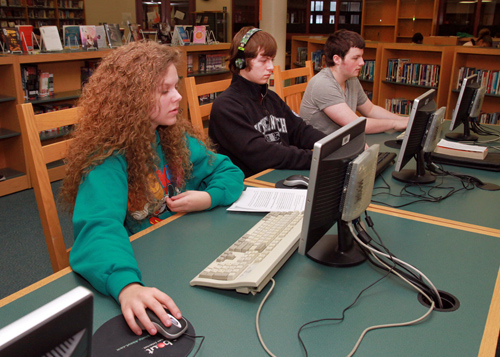
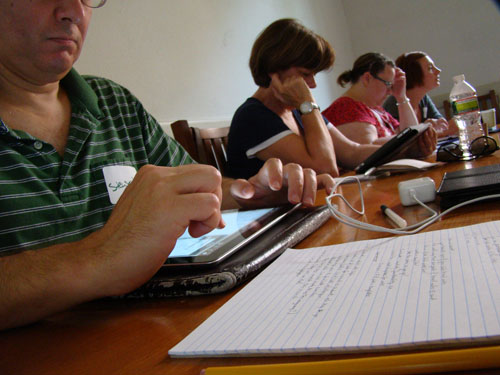
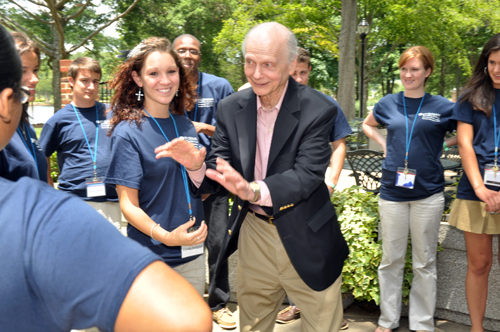
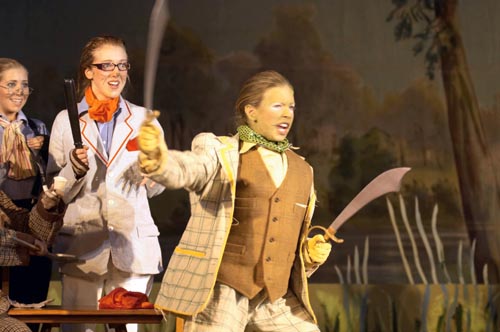
最新評論